Shape up in Cross 5 and Cross 6

Etac Cross 5 and Cross 6, can be set up for both taller or shorter users with different body shapes.
The majority of users will use the standard back support. Using the standard back support, the 3A-back support can be adjusted in height from 32 cm to 45 cm. And with the Back extension 3A you can get as high as 51 cm.
Once the desired back height is adjusted and set, the fine tuning of the strap back can be done, and any accessories to support and shape up the posture can be added.
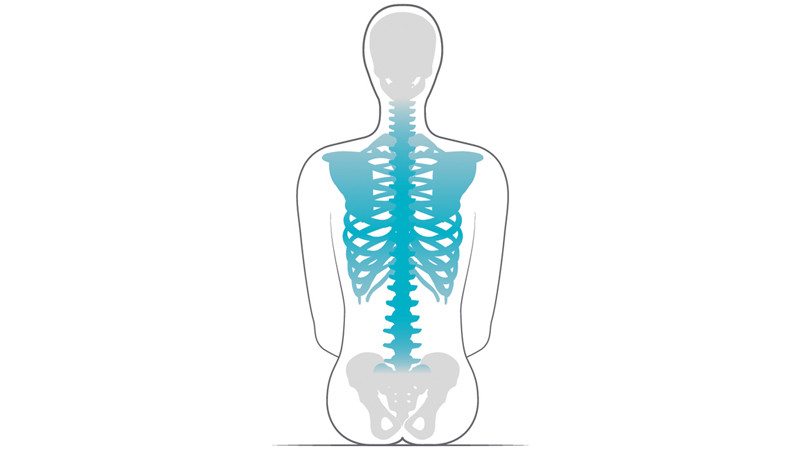
Tall upper body
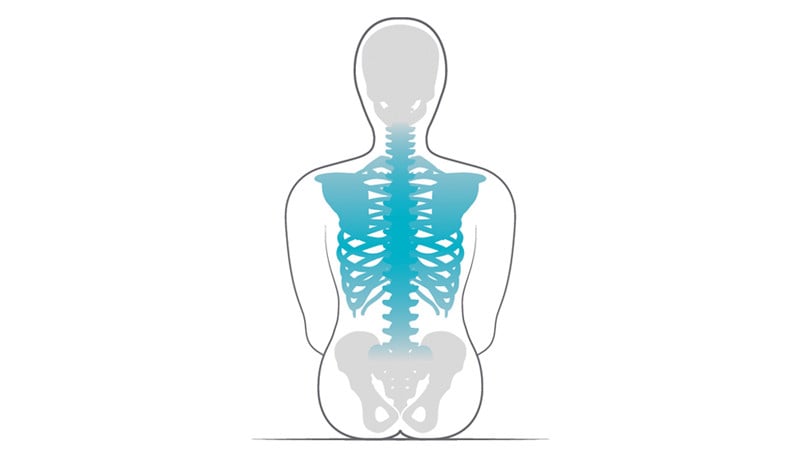
Short upper body
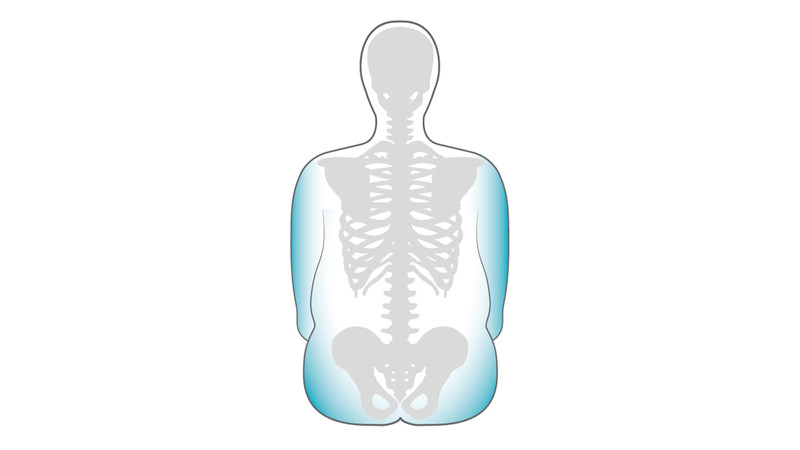
Large upper body
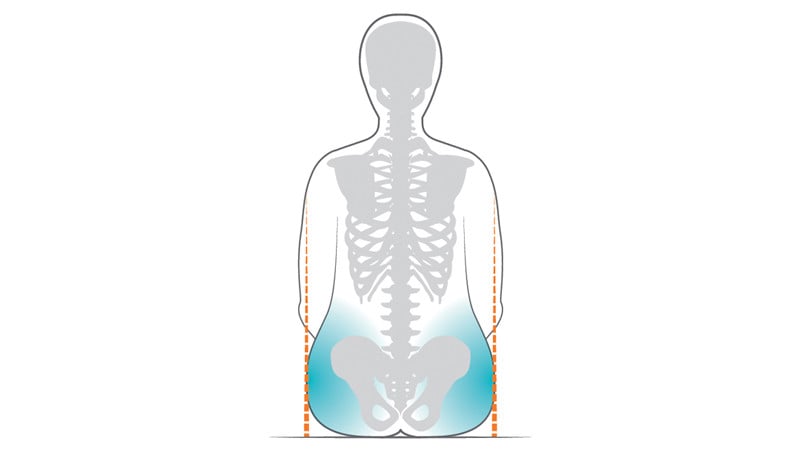
Broad hips
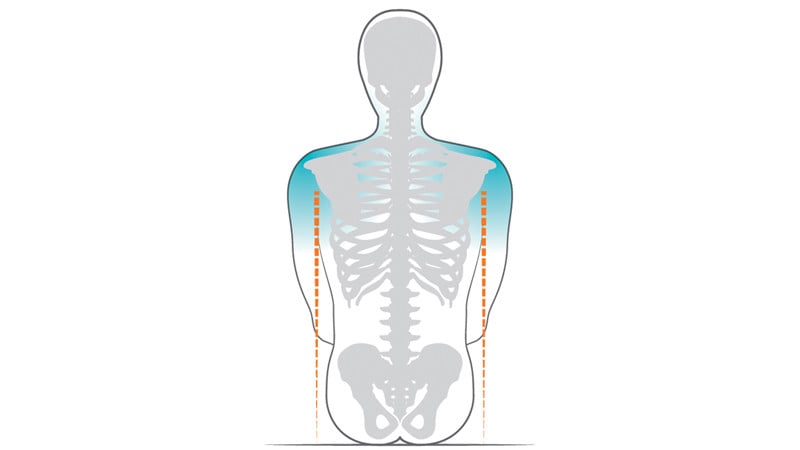
Broad shoulders
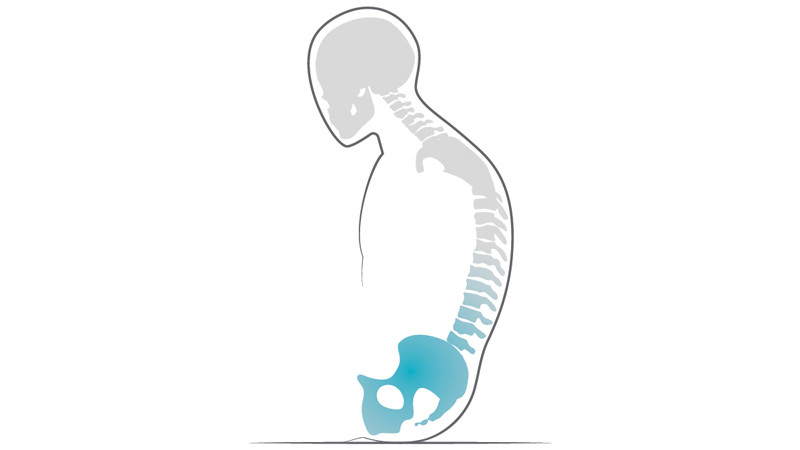
Posterior Pelvic Tilt
.
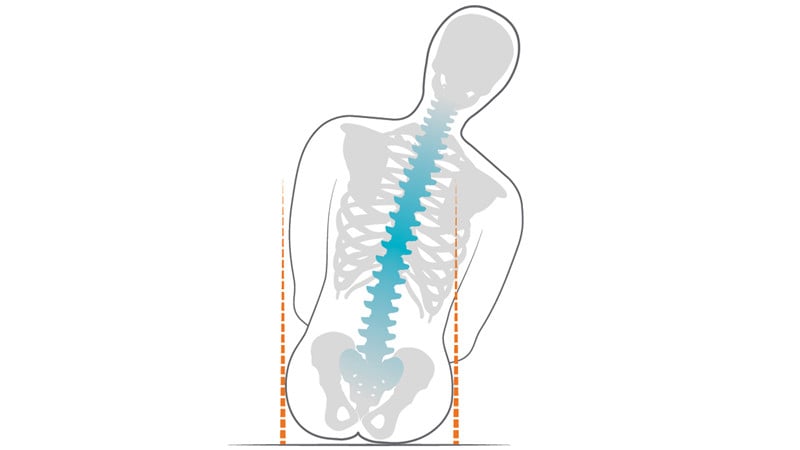
Leaning posture
It is important to identify the reason for the leaning posture. Is the pelvis involved and is this the origin of the leaning posture? Or is it caused by lateral flexion of the spine? Can the user correct their leaning posture or is it fixed? Does the user always lean to the same side or does it depend on the activity or time of day? The goal should be to increase sitting tolerance and to help create a comfortable and stable posture while supporting the leaning posture.
.
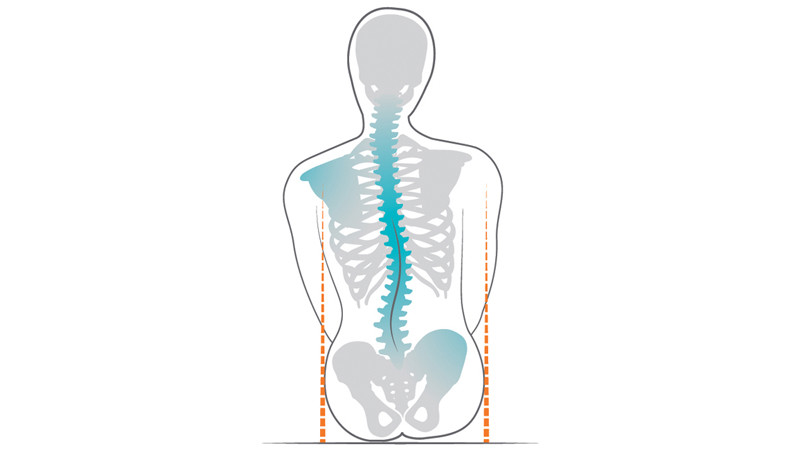
Asymmetry
There are many possible reasons for asymmetry. To offer the best solutions it is crucial to establish the cause and the seating goals should be to reduce the asymmetry by supporting the individual in as neutral posture that is achievable for the individual. The goal is to offer postural support that prevents further deterioration in the spine and that allows optimum function for the trunk, arms and head and to ensure that internal organs are not compromised for breathing and digestion.
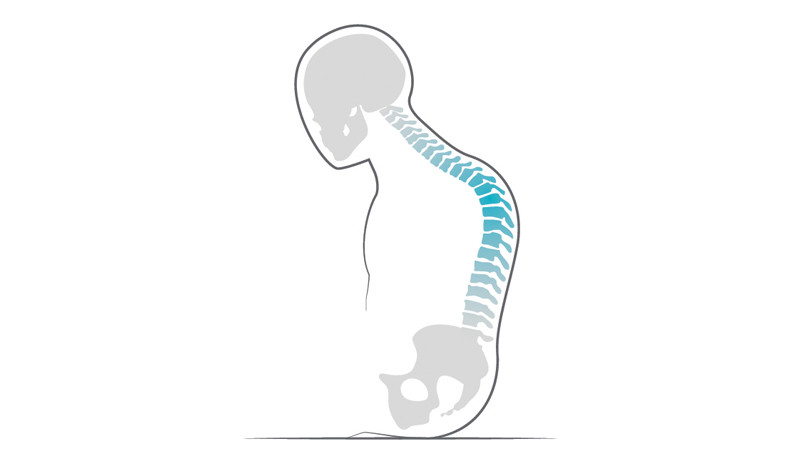
Kyphosis